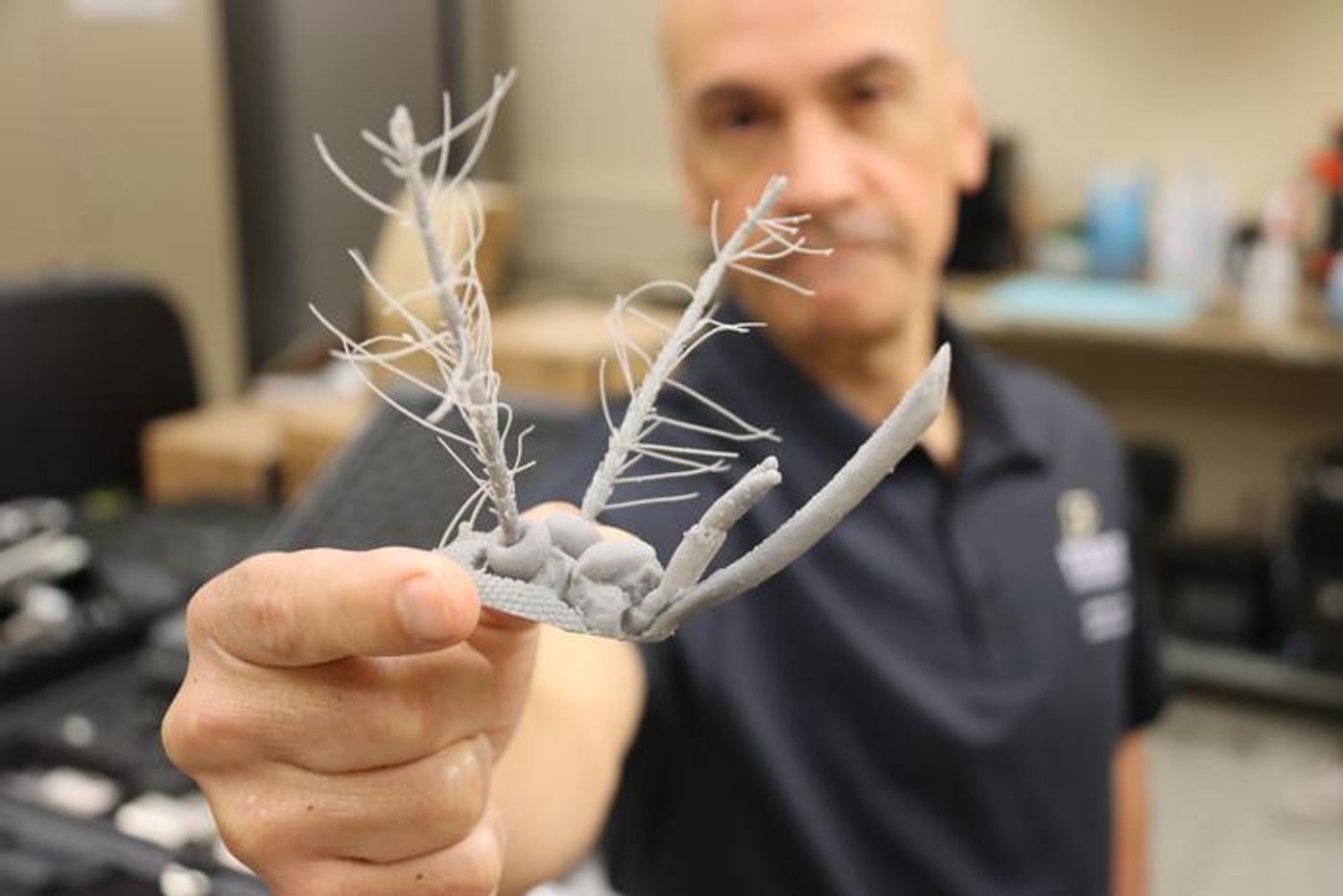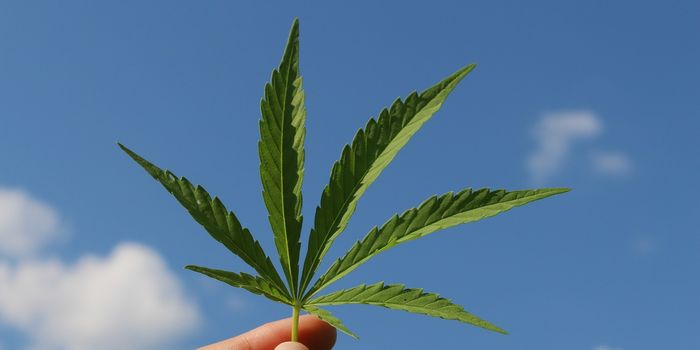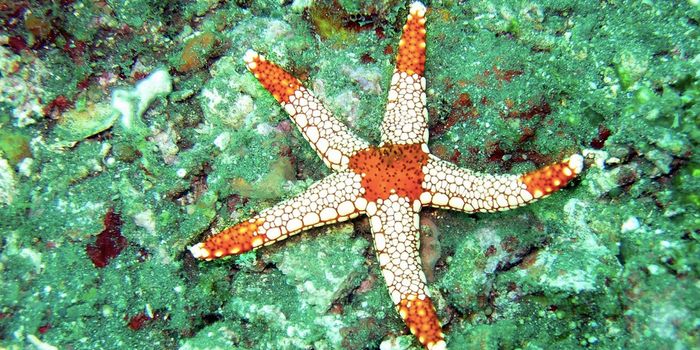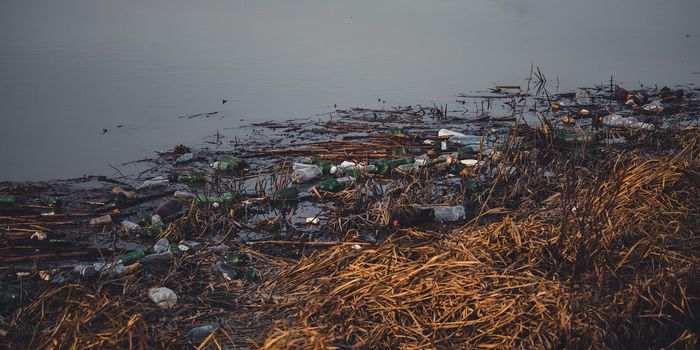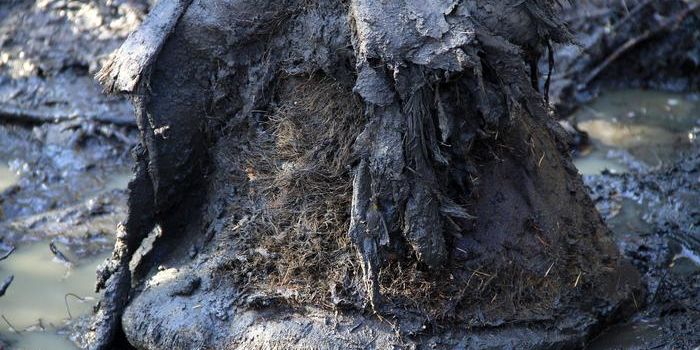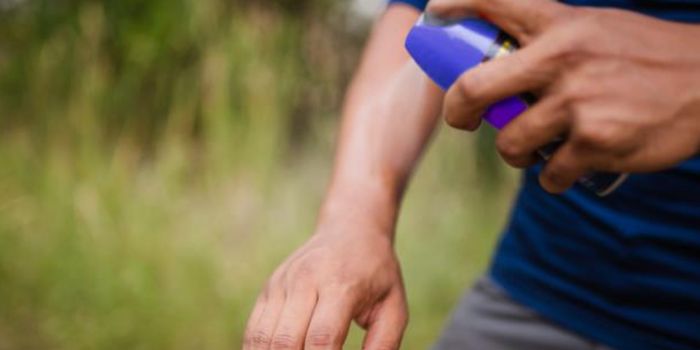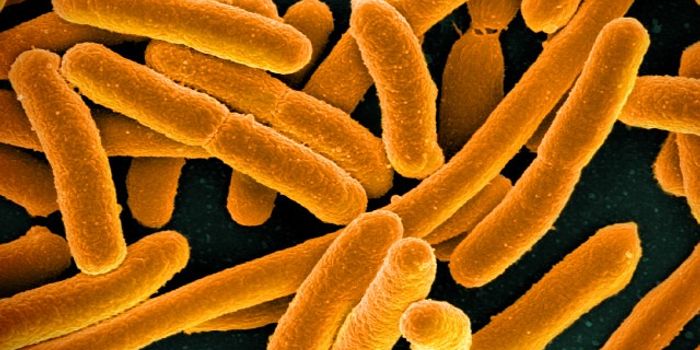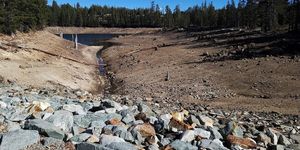Bioengineering Mosquito Antennae to Revolutionize Disaster Response
How can mosquito antennae help identify natural disasters? This is what a recent study published in Acta Biomaterialia hopes to address as an international team of researchers investigated how mosquito antennae could be used to detect specific sounds related to natural disasters. This study has the potential to help researchers, climate scientists, legislators, and the public better understand how scientists can take inspiration from biology regarding the development of new technologies.
For the study, the researchers use computer models to study how two mosquito species--Aedes aegypti and Uranotaenia lowii—use their antennae to hear their surroundings, as they both differ in how they use their hearing. Using these models, the researchers identified that the mosquitoes were able to isolate sounds of specific species or sex that often get lost in the noisy sounds of their wings. The researchers note that by analyzing the auditory structure, they might be able to use this method to identify signs of an earthquake or tsunami.
“Imagine urban environments equipped with bio-inspired sensors, akin to ‘big ears,’ capable of discerning specific sounds amid the hustle and bustle of city life,” said Dr. Pablo Zavattieri, who is a professor in civil engineering at Purdue University and a co-author on the study. “In times of crisis — such as earthquakes or other disasters — these sensors become invaluable, swiftly detecting faint signals of distress and guiding rescue efforts to those in need.”
Going forward, the team is presently using 3D-printed antennae to conduct further frequency testing and better understand the processes that mosquitoes use to isolate specific noises from their wing noise.
Image of a 3D-printed mosquito head being held by study co-author, Dr. Pablo Zavattieri. (Credit: Purdue University photo/Drew Stone)
How could mosquito antennae help identify natural disasters in the coming years and decades? Only time will tell, and this is why we science!
As always, keep doing science & keep looking up!
Sources: Acta Biomaterialia, EurekAlert!
